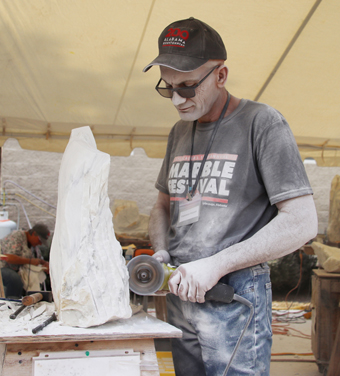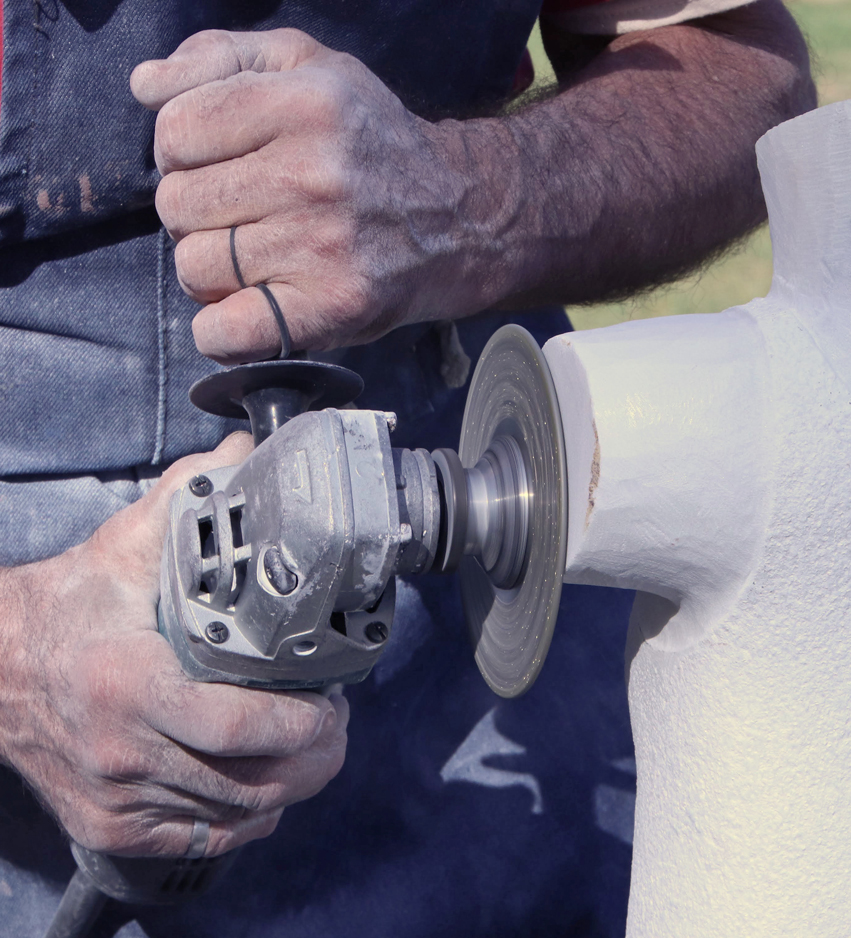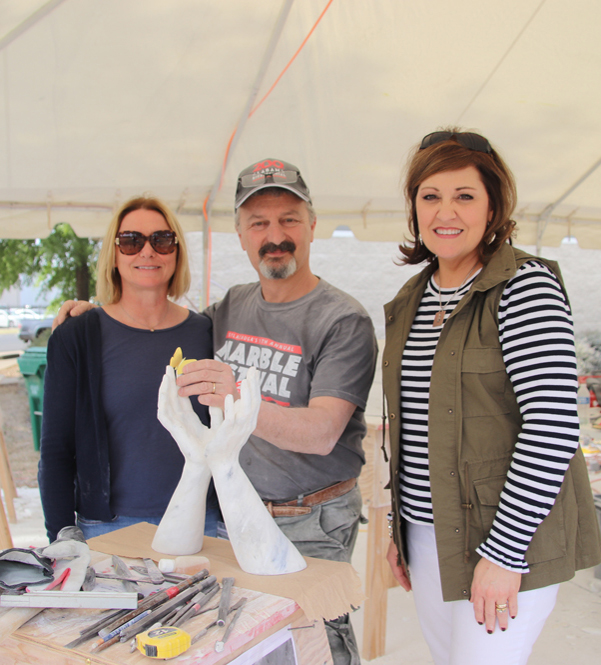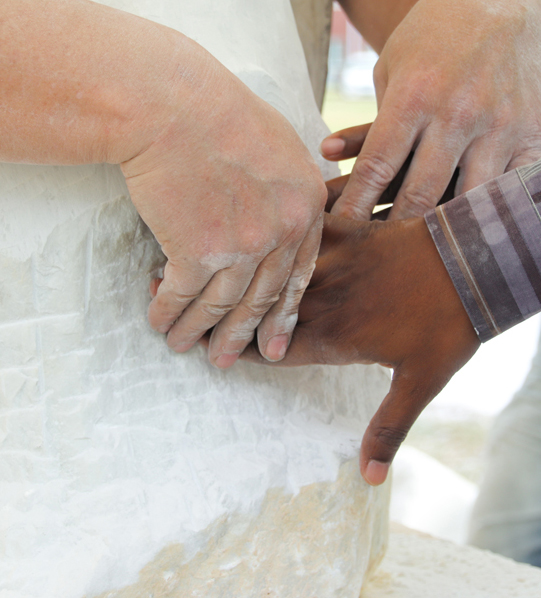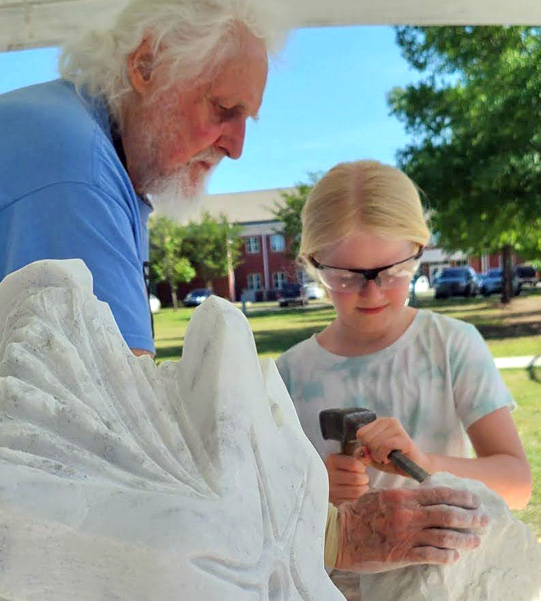Sylacauga Magic of Marble Festival
April 1-12, 2025
Click here to view the 2024 brochure
The History of Sylacauga Marble
The first recorded discovery of marble was in 1820 by Dr. Edward Gantt, a physician who had accompanied General Andrew Jackson through the area in 1814. Even Gantt probably did not realize the extent of this calcium carbonate deposit. The deposit is part of the “Murphy Marble Belt” extending 32 1/2 miles wide by 400 feet deep and is the world’s largest commercial deposit of madre cream marble. In the 1830s, several quarries were opened in Talladega County. Using the old Plank Road, they made shipments throughout Central Alabama. By 1906 New York interests had bought Gantt’s Quarry from its Ocala investors, and this site emerged as the center of marble-working activity. A small town, Gantts Quarry, developed around this property, later called Alabama Marble Company. By the turn of the century, Sylacauga quarries had an established reputation and shipments were being made throughout the state.
Listing all the buildings which display this lustrous stone would be difficult; but a few memorable projects are the Dime Savings Bank (NY), the Mercedes-Benz showroom (NY), the Chicago Post Office, the Alabama Archives Building, the Chrysler Mausoleum (NY), and the Al Jolson Shrine (CA). Beautiful cream marble from Sylacauga can be found in hotels, offices, mausoleums, memorials and homes across the country.
The quality of Alabama marble has never been disputed. One of the world’s greatest sculptors, Gutzon Borglum, creator of Mt. Rushmore, sculpted a masterpiece from Alabama Marble – the bust of Lincoln – which stands today in the rotunda of the nation’s capital. Borglum commented that the fine texture of Alabama marble enabled him to portray the expression of kindness on Lincoln’s face that he had never been able to do with any other stone.
By the 1940s endless uses for calcium products extracted from the marble deposits became obvious. Calcium was needed for agricultural, pharmaceutical, and paint products.
Alabama Marble Company had already moved in this direction, having introduced its first Raymond Mill products for animal feed, insecticides, and joint cement materials in 1933.
Listed are products we use every day that contain powdered marble as a filler or extender:
Cosmetics, paints, stucco, latex, glass, glue, rubber, roofing, PVC pipe, crayons, plastic, ink, joint compound, and many more.
Currently there are three marble companies operating in the Sylacauga domain. Imerys is the largest producer of calcium/carbonate products in the world. Omya, Inc. also is an international producer. Both produce calcium/carbonate which is an integral part of the business and industrial uses of this product. These two companies are very interested in the artistic, educational, civic and economic well-being of the Sylacauga area. Sylacauga Marble Quarry is the only producer of dimensional marble for artistic use (sculpting) as well as marble for building construction. Sylacauga Marble has been a great contributor to the Sylacauga Marble Festival by providing stone for the participants who come to the festival to sculpt.
Sylacauga marble producers rest on a seemingly endless supply of such beautiful stone, which provides a unique contribution toward the development of an industry and the advancement of mankind.
Learn more about Sylacauga marble: http://www.encyclopediaofalabama.org/face/Article.jsp?id=h-2467.
Discovering Alabama with Dr. Doug Phillips
